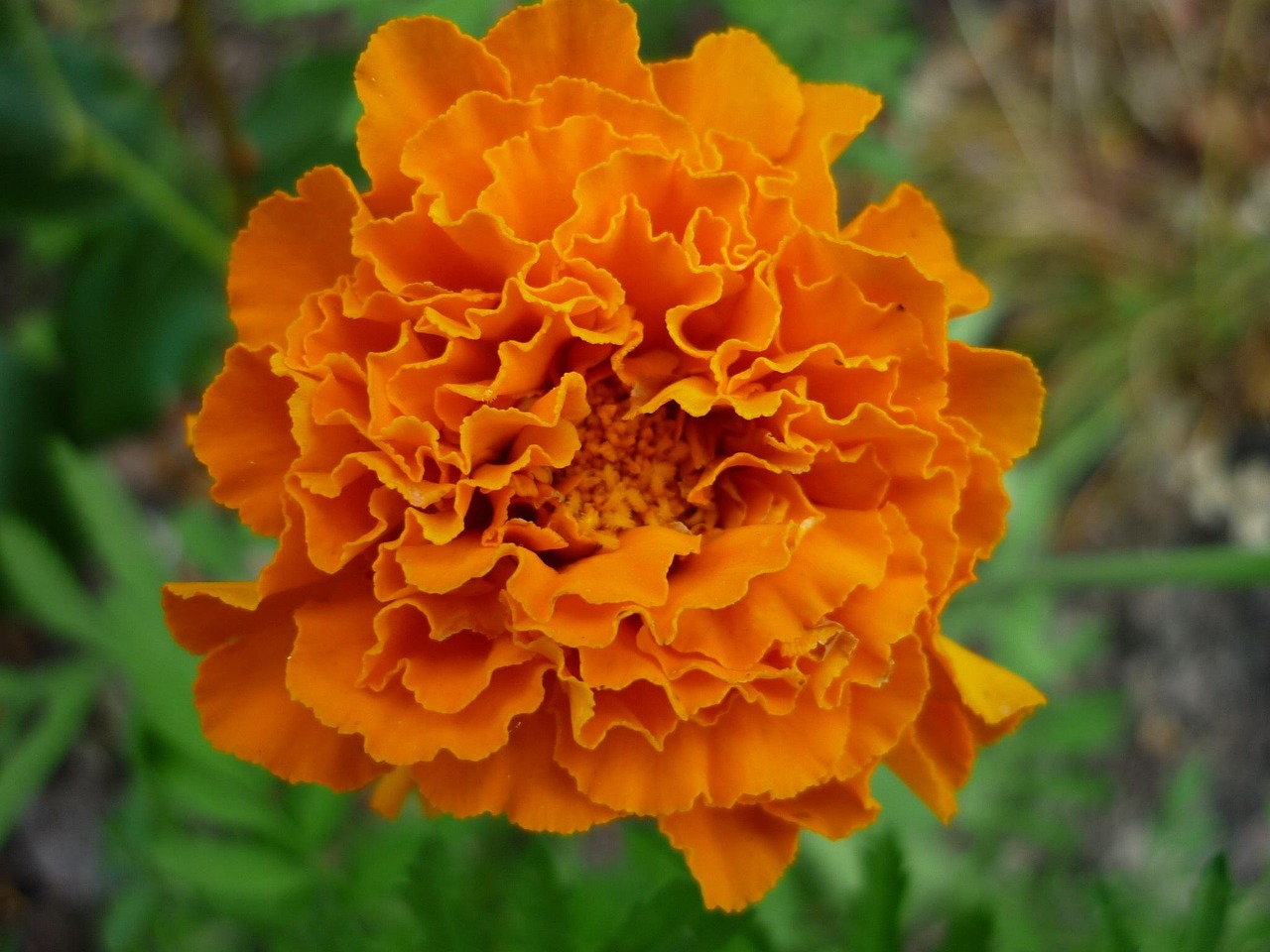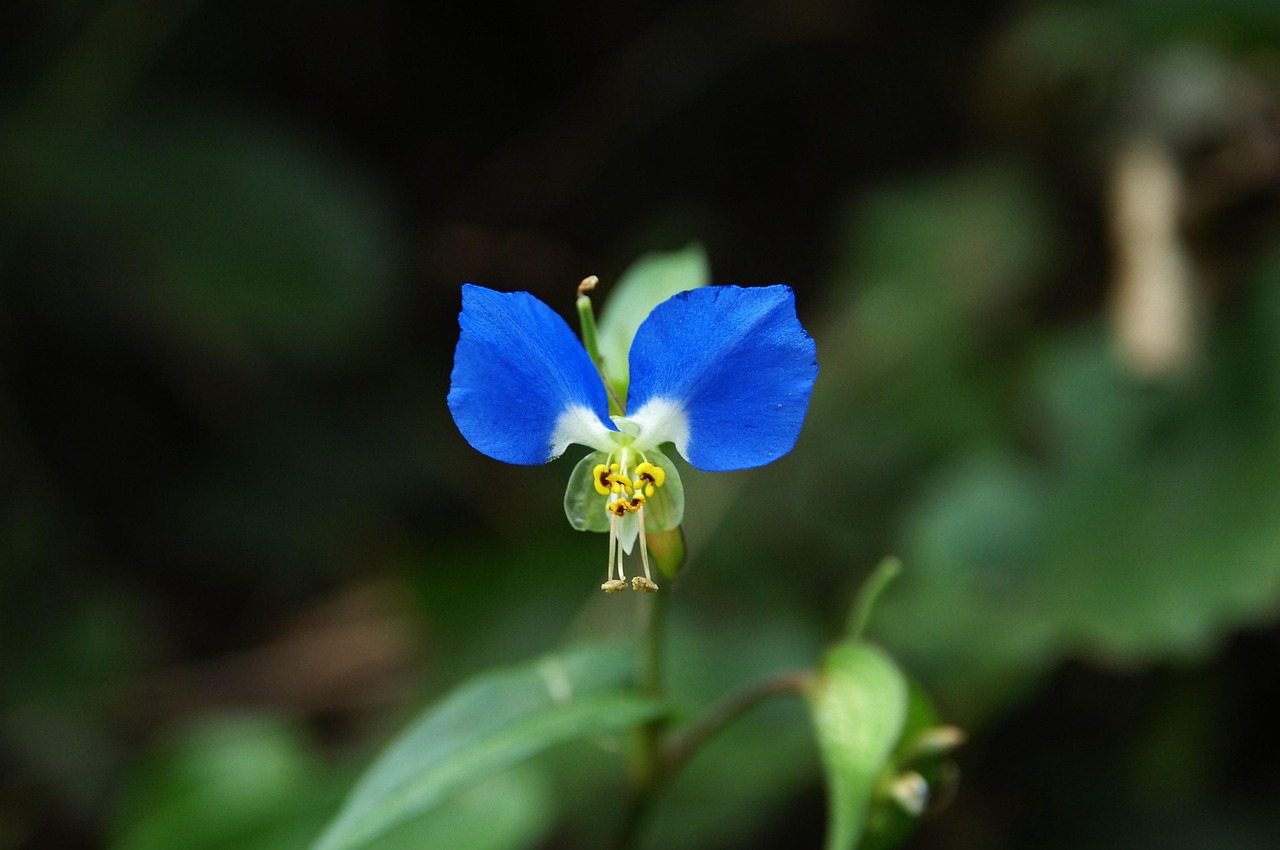Several trees are often mistaken for oak trees due to their similarities in leaf shape, size, and growth habits. Common species that can be confused with oaks include hickories, maples, and elms. Understanding their distinct features can aid in proper identification.
Understanding Oak Tree Characteristics

Oak trees are part of the genus Quercus, which includes over 600 species worldwide. They are known for their strength, longevity, and beautiful foliage. Oaks can typically be recognized by their lobed leaves, acorns, and rugged bark. Their leaves vary in shape and size, depending on the species, but they often have a distinctive lobed appearance.
Identifying oak trees can be tricky due to the presence of other tree species that share similar characteristics. Many of these trees can be found in similar habitats and may even grow alongside oaks. To accurately distinguish oaks from these look-alikes, it is essential to examine specific features such as leaf shape, bark texture, and fruiting bodies.
Common Trees Mistaken for Oak Trees
Several tree species are frequently confused with oak trees. Below is a list of some common contenders:
- Hickory Trees: Known for their compound leaves and hard wood, hickories can resemble oaks at a glance.
- Maple Trees: Certain maple species have lobed leaves similar to those of oaks, leading to confusion.
- Elm Trees: With serrated leaves and rough bark, elms can sometimes be mistaken for younger oak trees.
- Pecan Trees: Their compound leaves and similar habitats can create identification challenges.
- Sweet Gum Trees: Their star-shaped leaves can mimic oak foliage under certain conditions.
Key Identification Features
To help differentiate these trees from oaks, it is important to consider several key identification features:
| Tree Type | Leaf Shape | Bark Texture | Fruit Type |
|---|---|---|---|
| Hickory | Compound with multiple leaflets | Rough and shaggy | Hickory nuts |
| Maple | Lobed with pointed tips | Smooth or striped | Samara (helicopter seed) |
| Elm | Serrated edges, asymmetrical base | Rough and furrowed | Small samaras |
| Pecan | Compound with oval leaflets | Smooth and light gray | Pecans |
| Sweet Gum | Star-shaped with pointed tips | Rough and scaly | Gumball fruits |
By observing these features closely, one can
Detailed Leaf Characteristics
Leaves are one of the most important features used in identifying trees. While oak leaves are typically lobed, other trees can have similar foliage that can confuse identification. Understanding the specific leaf characteristics of trees often mistaken for oaks will greatly assist in proper identification.
Hickory Leaves
Hickory leaves are compound, meaning they contain multiple leaflets. Each leaf typically has five to seven leaflets, which can be oval or lance-shaped. The edges of hickory leaflets are usually serrated, unlike the smooth lobes of oak leaves. The overall appearance is more feather-like compared to oak foliage.
Maple Leaves
Maple leaves can sometimes mimic the shape of oak leaves, particularly in species like the red maple. However, maple leaves are generally broader and have a more pronounced point at the tips. Another distinguishing feature is the leaf’s smooth surface and the presence of a palmate vein pattern, which is not found in oaks.
Elm Leaves
Elm leaves are characterized by their serrated edges and asymmetrical bases. They are typically ovate and have a glossy appearance. Unlike oak leaves, which have lobes, elm leaves tend to be more elongated and have a smoother texture. This difference can be crucial for identification.
Pecan Leaves
Pecan trees have compound leaves similar to hickories, but they usually have more leaflets, ranging from 9 to 15. The leaflets are long and slender, giving pecan leaves a unique look compared to oaks. The edges of pecan leaflets are smooth, contrasting with the lobed nature of oak foliage.
Sweet Gum Leaves
Sweet gum leaves are star-shaped with five to seven points, making them distinctly different from oak leaves. The sharp points and deep sinuses create a jagged appearance. These trees also produce spiky gumballs that can help with identification.
Bark Differences
The bark texture and color can also provide valuable clues when identifying trees. Oak bark is often thick and deeply furrowed, varying in color from light gray to dark brown depending on the species. In contrast, other trees have distinct bark characteristics:
- Hickory Bark: Typically light to dark gray, hickory bark is ridged and sometimes shaggy.
- Maple Bark: Maple bark is smoother, often with a vertical grain pattern that can appear flaky in older trees.
- Elm Bark: Elm bark is rough and furrowed with a distinctive crisscross pattern that sets it apart.
- Pecan Bark: Pecan bark tends to be smooth and light gray, with shallow fissures.
- Sweet Gum Bark: Sweet gum bark is often rough and scaly, with a reddish hue.
Fruit and Seed Identification
The fruits or seeds produced by these trees also serve as identification markers. Oak trees produce acorns, which vary in size and shape depending on the species. On the other hand, here are the distinct fruits of similar trees:
- Hickory Nuts: Hard-shelled nuts that grow in clusters.
- Maple Seeds: Winged samaras that spin as they fall.
- Elm Samaras: Small, flat seeds with a single wing.
- Pecan Nuts: Edible nuts encased in a thin shell.
- Sweet Gum Gumballs: Spiky seed pods that hang from the branches.
By examining these features—leaf shape, bark texture, and fruit type—tree enthusiasts can accurately distinguish between oak trees and those that may be mistaken for them. Understanding these differences not only enhances one’s identification skills but also deepens appreciation for the diversity within tree species.

Habitat and Growth Conditions

Understanding the typical habitats and growth conditions of trees can also play a significant role in identifying them. Oak trees thrive in various environments, but the trees that are often mistaken for oaks may prefer different soil types, moisture levels, and sunlight exposure. Recognizing these preferences can aid in distinguishing between species.
Hickory Habitat
Hickory trees are commonly found in deciduous forests and often grow in well-drained, sandy, or loamy soils. They prefer areas with full sun and can tolerate occasional droughts. Hickories are typically more resilient to poor soil conditions compared to oaks, making them more adaptable in certain environments.
Maple Habitat
Maples are versatile and can grow in a range of habitats. They thrive in both wet and dry soils but prefer moist, well-drained conditions. Maples often grow in shaded areas and can adapt to a variety of light levels, from full sun to partial shade. This adaptability allows maples to cohabitate with oak trees in many regions.
Elm Habitat
Elm trees typically flourish in rich, moist soils along waterways and floodplains. They prefer full sun but can tolerate partial shade. Elms are often found in urban environments due to their resilience to pollution and compacted soils. Their preference for moisture and proximity to water sources can help distinguish them from oaks.
Pecan Habitat
Pecan trees are predominantly found in the southern United States and thrive in deep, fertile soils with good drainage. They prefer sunny locations and are often seen near rivers and streams where the soil remains moist. Their specific geographic range can help identify them as distinct from oak trees that may inhabit different areas.
Sweet Gum Habitat
Sweet gum trees generally grow in moist, well-drained soils and are often found in mixed hardwood forests. They prefer full sunlight but can also tolerate some shade. Sweet gums are frequently located near rivers and swamps, which distinguishes them from oak trees that may prefer drier, upland areas.
Seasonal Changes and Bark Texture
Observing seasonal changes in foliage and bark texture can also provide insights into identifying trees. While oak trees display vibrant autumn colors, other species exhibit different seasonal characteristics.
Seasonal Foliage Changes
- Hickory: In autumn, hickory leaves turn a bright yellow before falling.
- Maple: Maple trees provide a spectacular display of red, orange, and yellow hues during fall.
- Elm: Elm leaves typically turn yellow-brown before dropping.
- Pecan: Pecan leaves may turn yellow in fall but often remain on the tree longer than oaks.
- Sweet Gum: Sweet gum leaves can turn a brilliant mix of colors—yellow, red, and purple—before falling.
Bark Textures Through Seasons
The texture of tree bark can also change with the seasons. Oak bark tends to become rougher and more deeply furrowed with age. In contrast, the bark of other species may exhibit different characteristics:
- Hickory Bark: Generally remains rough throughout its life but may develop more prominent ridges as it matures.
- Maple Bark: Often smooth in younger trees, it develops some fissures as it ages.
- Elm Bark: Maintains a rough texture with distinctive crisscross patterns that become more pronounced over time.
- Pecan Bark: Stays relatively smooth but develops shallow fissures as the tree ages.
- Sweet Gum Bark: Remains rough and scaly throughout its lifespan, contributing to its identification.
Incorporating knowledge of habitat preferences, seasonal changes, and bark characteristics can significantly enhance one’s ability to distinguish between oak trees and those that resemble them. This understanding not only aids in identification but also fosters a greater appreciation for the diverse ecosystems in which these trees thrive.
Common Misconceptions About Oak Trees
Understanding oak trees and their look-alikes involves addressing some common misconceptions. Many people assume that all trees with lobed leaves must be oaks, which can lead to identification errors. It’s essential to recognize that various species exhibit similar leaf structures but belong to different families.
Another misconception is that oak trees are the only trees that produce acorns. While acorns are a hallmark of oak trees, other species also produce nut-like fruits, which can cause confusion. For example, hickories produce hickory nuts, and pecans have their own distinctive nuts, which can be mistaken for acorns by the untrained eye.
Importance of Proper Identification

Correctly identifying trees is not only crucial for nature enthusiasts but also has practical implications. For instance, understanding tree species can influence landscaping decisions, conservation efforts, and even timber management. Misidentifying a tree can lead to inappropriate care practices or misguided attempts at pest control, potentially harming the ecosystem.
Furthermore, proper identification contributes to biodiversity awareness. Each tree species plays a unique role in its environment, from providing habitat for wildlife to contributing to soil health. Recognizing these roles encourages conservation efforts and promotes a greater appreciation for local flora.
Using Field Guides and Technology for Identification
Tree identification can be greatly enhanced by utilizing field guides, mobile applications, and online resources. Many field guides offer detailed descriptions and images of tree species, making it easier to compare features side by side. Mobile apps often allow users to take pictures of leaves or bark and receive instant identification suggestions based on their database.
Additionally, online communities and forums provide platforms for sharing identification questions. Enthusiasts can upload images and receive feedback from experienced tree watchers or botanists. This collaborative approach can deepen understanding and foster connections among nature lovers.
Final Thoughts
Identifying trees often mistaken for oak trees requires attention to detail and an understanding of their distinguishing features. By examining leaf shapes, bark texture, fruit types, and habitat preferences, one can confidently differentiate between oak trees and their look-alikes.
The importance of accurate tree identification extends beyond mere curiosity; it plays a vital role in ecological education, conservation, and sustainable management practices. As we deepen our understanding of these natural wonders, we also enhance our connection to the environment around us.
In conclusion, whether you are a novice nature enthusiast or an experienced botanist, refining your tree identification skills adds richness to your outdoor experiences. By appreciating the unique characteristics of each species, we cultivate a greater respect for the diversity of life that surrounds us.
